Goal-oriented error estimation for the Variational Theory of Complex Rays
Please login to view abstract download link
Although railway transportation can be considered as an environmentally-friendly solution, it is a problematic source of noise for its immediate surroundings. To address this main drawback, industrial as well as academic players in the railway sector are interested in developing numerical tools able to accurately model acoustic radiation, in order to address virtual certification procedures. The acoustic frequency band of interest for the railway sector is in the so-called mid-frequency range (typically up to 20 kHz). Numerical methods that are traditionally dedicated to the low-frequency (FEM, BEM) and high-frequency (SEA) domains are unsuited to this frequency band. Indeed, the acoustic response spectrum shows a high modal density and a high sensitivity to uncertainties, while maintaining a spatially localized response; therefore, methods dedicated to mid-frequencies must be considered. The Variational Theory of Complex Rays (VTCR), which belongs to the family of Trefftz methods, has been implemented in the context of medium-frequency acoustic propagation. This method is based on the choice of shape functions that satisfy the Helmholtz equation a priori in the domain, allowing the pressure field to be represented as a linear combination of plane waves (in this case, Herglotz functions) oriented along multiple radial directions, each of which is called a `VTCR ray’. The 2D acoustic VTCR code used in this work was obtained by introducing the variational form of the problem and using a Galerkin method to obtain a discretized model based on these VTCR rays. Since these latter are defined over the entire domain, their trace on the boundary is all that needs to be considered: no mesh is required, and the associated linear system has a size corresponding to the number of VTCR rays introduced in the variational formulation. This latter allows the suppression of the interpolation and pollution errors intrinsic to FEM, while facilitating its coupling with other physics. Although the convergence of the VTCR solution towards the exact solution of the problem under study has been shown for bounded and infinite 2D problems, no systematic approach to quantify the error committed has been proposed in the VTCR framework yet. The aim of this paper is thus to study the possibility of introducing an error estimator based on quantities of interest, in order to obtain an adaptive approach to improve the VTCR solution. Various cases of study will be presented.

